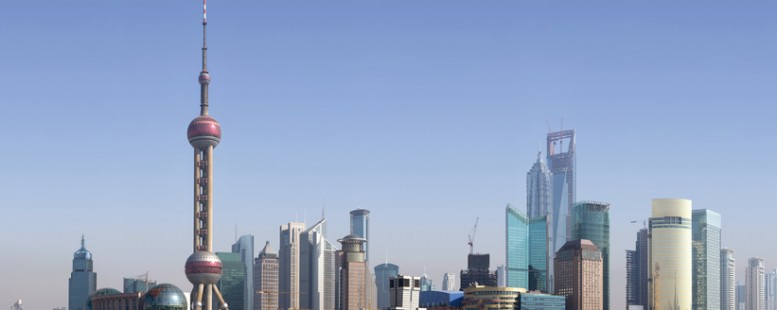Our Opinion: 2018
China braced for a slowdown

Investors may be caught out by a slowdown in China, although it us unlikely to be too dramatic. China looks on track for annual growth of about 6% this year, rather than the 6.7% widely expected. That implies global growth of 3.3% rather than 3.5%. Higher interest rates and stricter lending rules will temper credit growth and activity. In October, house prices in Beijing and Shanghai were down year-on-year.
Given its enormous and growing debt pile, China is having to walk a tightrope. It can’t loosen but… can’t tighten too much either. It helps, for now, that inflation is just 1.6%, so the central bank doesn’t have to raise rates further. Growth is turning more self-sustaining, with robust consumption and external demand, and China’s debt-to- GDP ratio can stabilise by the second half of next year.
But the economy has already paid a heavy price. The leadership’s decision to prevent recessions with doses of stimulus to preclude social unrest, has prevented overcapacity being eliminated and capital being allocated efficiently. Businesses that should die off are kept alive, clogging up bank balance sheets with unproductive loans. Around 15% of firms are “zombies”. And the demographic backdrop suggests that there is a danger of China getting old before it gets rich. Throw in the government’s controlling, statist approach, and it’s hard to see the country becoming the world’s top economy. The jury is out on the government’s capacity to head off a debt crisis, but note how much the external environment has helped of late.
The first dip in the corporate debt-to-GDP ratio since 2011 is not so much a triumph of domestic policy-making as a boost from strong global growth. Since the early 2000s, changes in the debt-to- GDP ratio have been inversely related to the changes in the growth of exports.
Between the beginning of 2016 and the third quarter of 2017, net exports added 1% to GDP growth, making up for lacklustre investment and nudging the overall expansion up to 6.8%. Without that boost the “drive to contain debt” would have been far more painful. So only when the world economy cools will we learn whether the new administration under Xi Jinping can gently deflate the debt bubble.
29th January 2018
